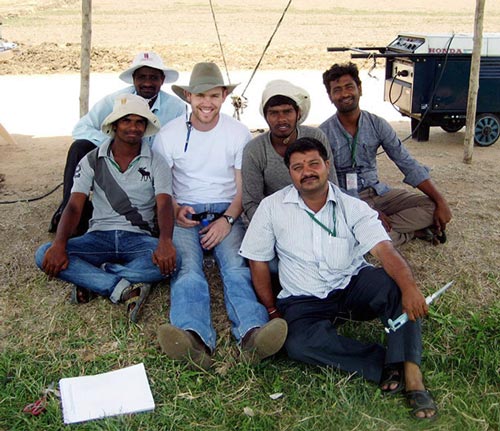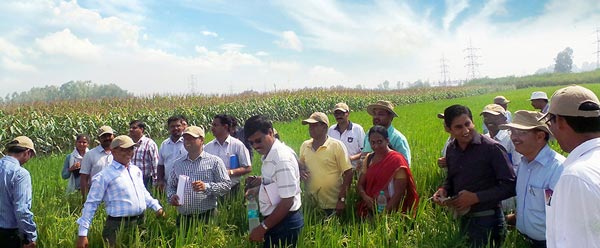Stress-resilient maize hybrids developed for Asian tropics
By K. Seetharam, M.T. Vinayan and P.H. Zaidi/CIMMYT
The development of maize germplasm with combined drought and water-logging tolerance and a strong product line ready for deployment in Asia’s stress-prone, rain-fed production systems are notable successes of a CIMMYT project nearing its official end date.
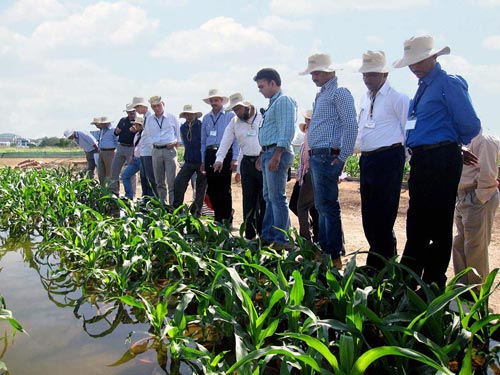
Maize production in tropical Asia is vulnerable to the effects of climate change. The erratic distribution of monsoon rains causes intermittent drought and water-logging within a single crop season, especially in eastern India, Bangladesh and other parts of South and Southeast Asia, and is the major cause of the low productivity of rain-fed maize. About 80 percent of maize in the Asian tropics is grown as a rain-fed crop.
Maize yields in irrigated systems are more than double those of rain-fed maize but the production capacity of irrigated systems in Asia is close to saturation. Rain-fed areas must play a greater role in meeting the increasing demand for maize in Asia.
The private seed sector focuses largely on irrigated systems and is not producing stress-tolerant varieties. However, small and medium seed companies and public sector institutions are beginning to show interest in abiotic stress tolerant maize germplasm from CIMMYT.
To develop this germplasm, CIMMYT, in collaboration with national partners in South and Southeast Asia, launched Abiotic Stress Tolerant Maize for Asia (ATMA) in May 2011, supported by GIZ, Germany. Partners include the Directorate of Maize Research (DMR); Maharana Pratap Agriculture University (MPUAT); Udaipur and Acharya N.G. Ranga Agriculture University (ANGRAU); the Bangladesh Agricultural Research Institute (BARI); Vietnam’s National Maize Research Institute (NMRI), the Institute of Plant Breeding, University of Philippines (UPLB); and the University of Hohenheim (UoH) in Stuttgart, Germany. CIMMYT-Hyderabad, India, hosted the final year progress review meeting during 17-18 February.
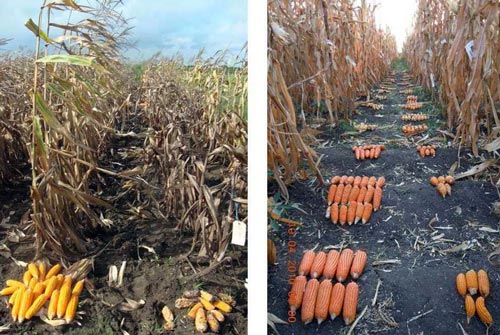
B.M. Prasanna, director of CIMMYT’s Global Maize Program, highlighted the need and importance of maize breeding for rain-fed conditions. This was followed by a talk on the power of genomic selection in breeding for polygenic traits, which was delivered by Albert Melchinger from UoH. O.P. Yadav, director of the DMR, New Delhi, spoke about the importance of abiotic stress-resilient maize hybrids and appreciated recent developments in the area. Partner institutions presented the results of trials conducted in their target environments.
P.H. Zaidi, senior maize physiologist and project coordinator, presented the across-environment results of the trials conducted in partner countries. Raman Babu, maize molecular breeder, gave an update on identifying large effect quantitative trait loci (QTL) for water-logging tolerance and progress in genomic selection. Apart from established breeding methods and a phenotypic selection approach, methods include genomewide association studies (GWAS) and rapid-cycle genomic selection (RC-GS). Results of socioeconomic studies demonstrating the high demand for water stress-resilient maize varieties with combined drought and waterlogging tolerance in eastern India and Bangladesh were presented by Surabhi Mittal, CIMMYT socioeconomist.
Participants toured ATMA trials at the CIMMYT-Hyderabad experiment station as well as the state-of-the-art phenotyping system for drought and waterlogging stress. Zaidi explained how effectively the data on growing degree days (GDD) and from the soil moisture profile probe are used in managing drought at the desired level of intensity and uniformity. “Such a well-defined phenotyping system is the key to success, which can assure breeding gains for complex traits such as drought or water-logging, whether using conventional or molecular breeding approaches,” said Dang Ngoc Ha, vice director of the NMRI.
Though the project is approaching its official end, partners aim to carry it forward by formulating a new proposal to submit to a potential donor. “In case no immediate funding is arranged, we should take the products forward using our own institutional resources, as this is much-needed type of product for our maize farmers living in stress-prone ecologies,” O.P. Yadav said.
In his concluding remarks, Prasanna praised the contributions of partnering institutions throughout the project duration, which resulted in a strong germplasm base and product pipeline for complex traits such as drought, water-logging and the new product with combined stress tolerance.
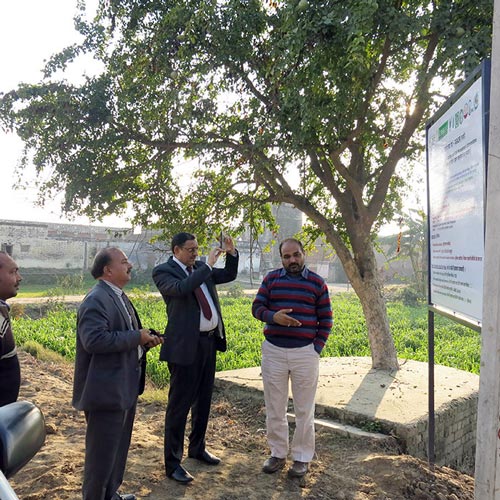
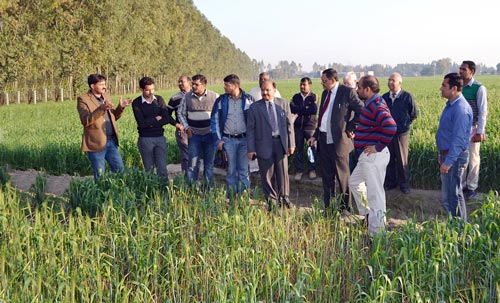
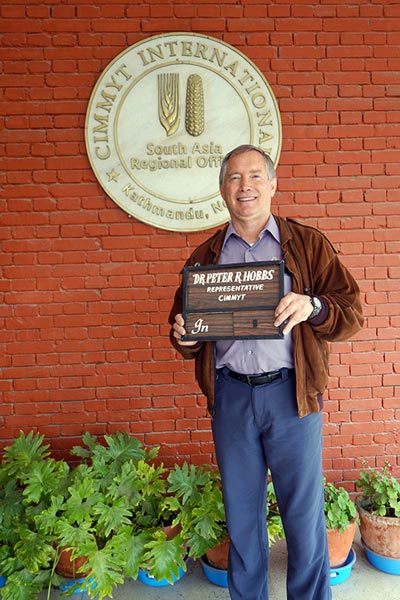
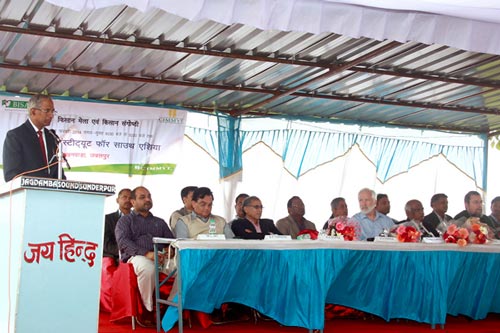
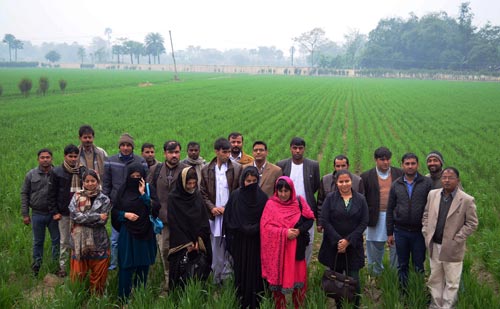
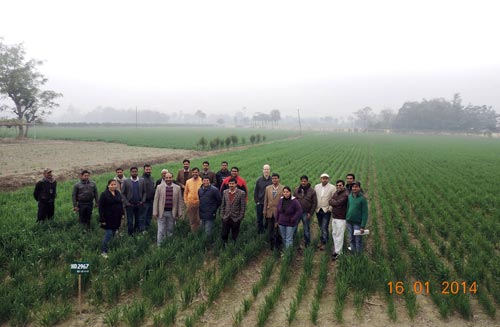
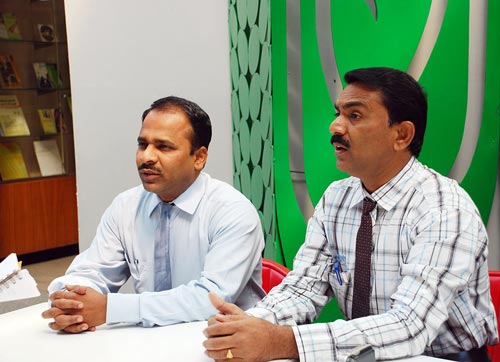
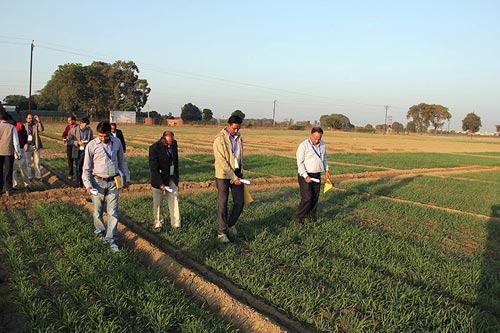
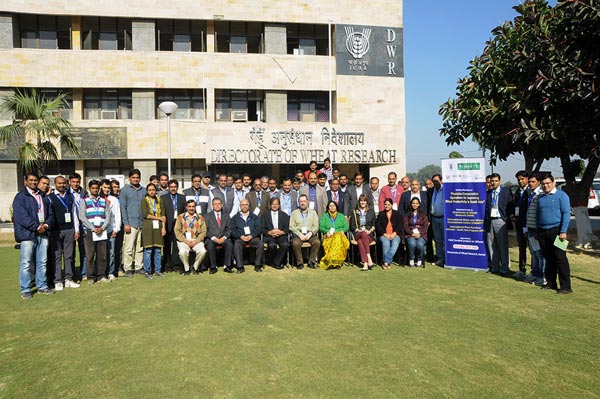
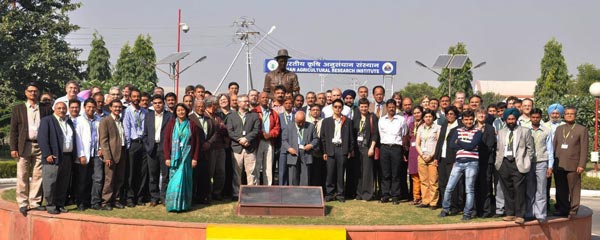

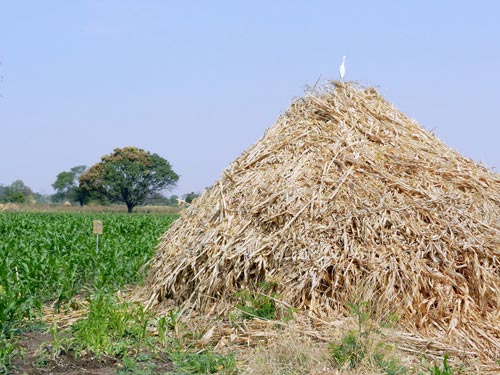
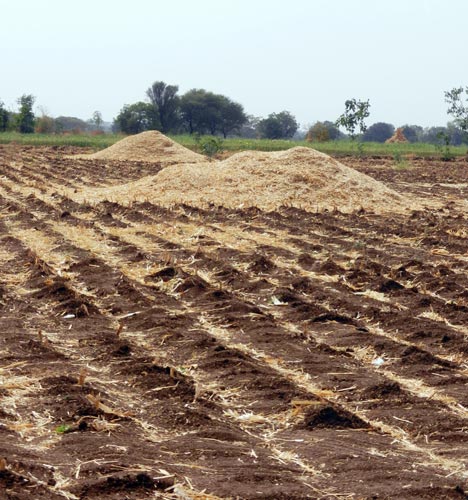
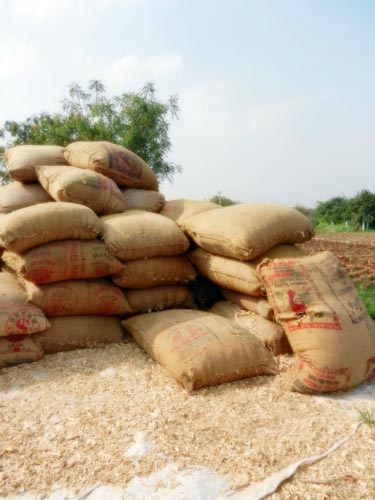
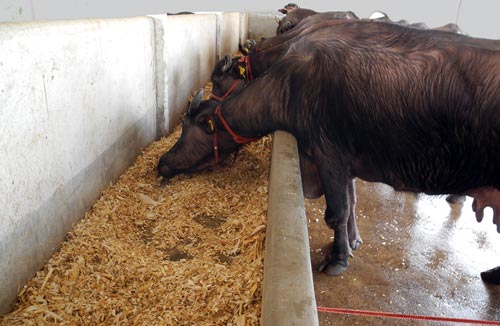
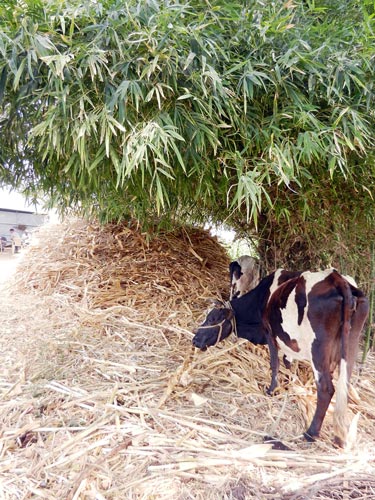
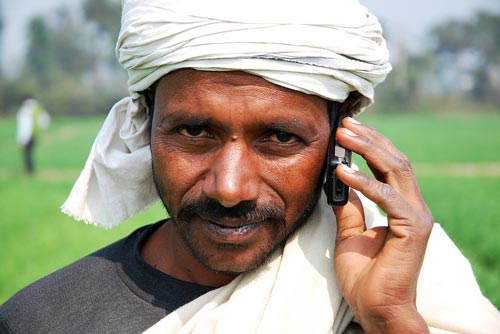
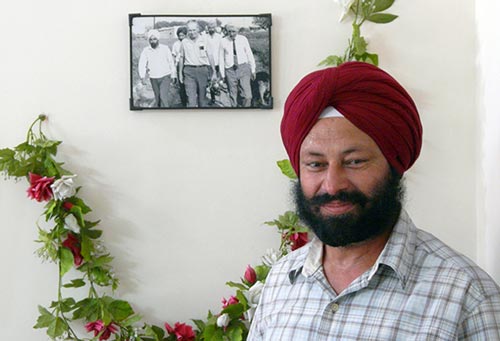 By Patrick Wall/CIMMYT
By Patrick Wall/CIMMYT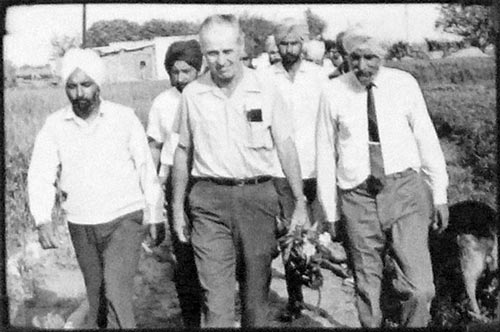 John Gibler, like Norman Borlaug, studied under E.C. Stakman at the University of Minnesota. When he graduated with his Ph.D. in 1951, he joined Borlaug in Mexico until 1955. He then became a Rockefeller consultant and headed cereal research in Colombia and Ecuador before returning to CIMMYT as Director of Agricultural Programs in 1969. John Pitner worked with the Office of Special Studies from 1947 to 1954. CIMMYT is collecting photos of Borlaug for
John Gibler, like Norman Borlaug, studied under E.C. Stakman at the University of Minnesota. When he graduated with his Ph.D. in 1951, he joined Borlaug in Mexico until 1955. He then became a Rockefeller consultant and headed cereal research in Colombia and Ecuador before returning to CIMMYT as Director of Agricultural Programs in 1969. John Pitner worked with the Office of Special Studies from 1947 to 1954. CIMMYT is collecting photos of Borlaug for 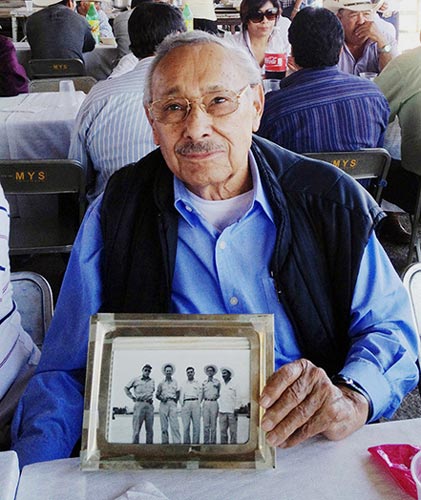
 Alex Renaud is a third-year graduate student pursuing a doctorate degree in plant breeding and genetics from Purdue University in West Lafayette, Indiana, USA.
Alex Renaud is a third-year graduate student pursuing a doctorate degree in plant breeding and genetics from Purdue University in West Lafayette, Indiana, USA.